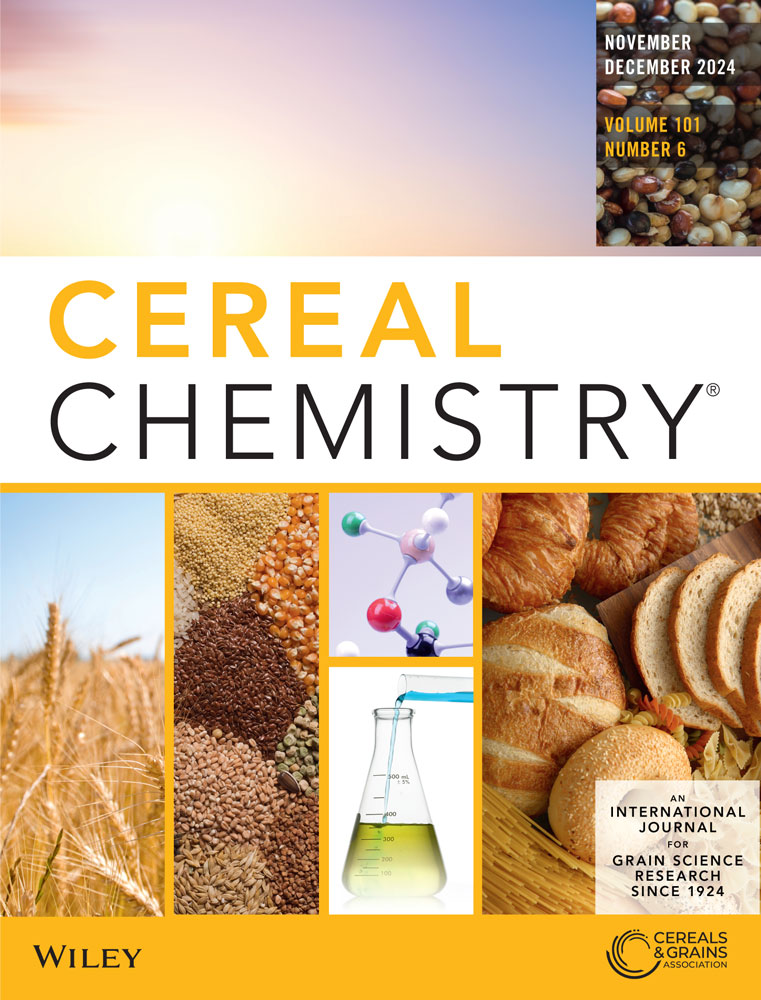Impacts of Irrigation and N Management on Yield, Protein, and Amino Acid Composition in Grain Sorghum
Abstract
Background and Objectives
Sorghum production in the High Plains of the United States faces challenges due to highly variable climate, poor water availability, and low soil fertility. To address this challenge, the interactions among three irrigation regimes (full—232 mm, moderate—141 mm, and minimum—88 mm) and nitrogen (N) application time (basal, basal + panicle initiation) were evaluated on 11 popular grain sorghum hybrids under field conditions.
Findings
Full irrigation increased grain yield by 85%–91% compared to other irrigation levels. However, split N application resulted in around 34% increase in grain yield compared to basal N treatment. The increase in grain yield under full irrigation + split N application was a result of increased panicle length and grains per panicle. Residual plant N was higher under full irrigation + split N application compared to other treatments. Irrigation had greater impact on grain amino acid composition than N timing. Adequate irrigation enhanced essential and most limiting amino acids such as lysine and threonine, and amino acids of the serine family.
Conclusions
The findings reveal that adequate irrigation and split N application at critical growth stages improved grain yield and quality in sorghum. A large amount of residual plant-N at harvest indicates that the remobilization of N from non-grain parts into grains is a major limitation for improving grain yield and quality in sorghum.
Significance and Novelty
Water and N management enhanced essential amino acids and protein content in grain sorghum, thereby improving grain quality. However, a high residual plant-N indicated that there is further scope for improving the grain protein and key amino acids if sorghum could translocate additional N into grains either through agronomic management or through enhanced N use efficiency.

 求助内容:
求助内容: 应助结果提醒方式:
应助结果提醒方式:


